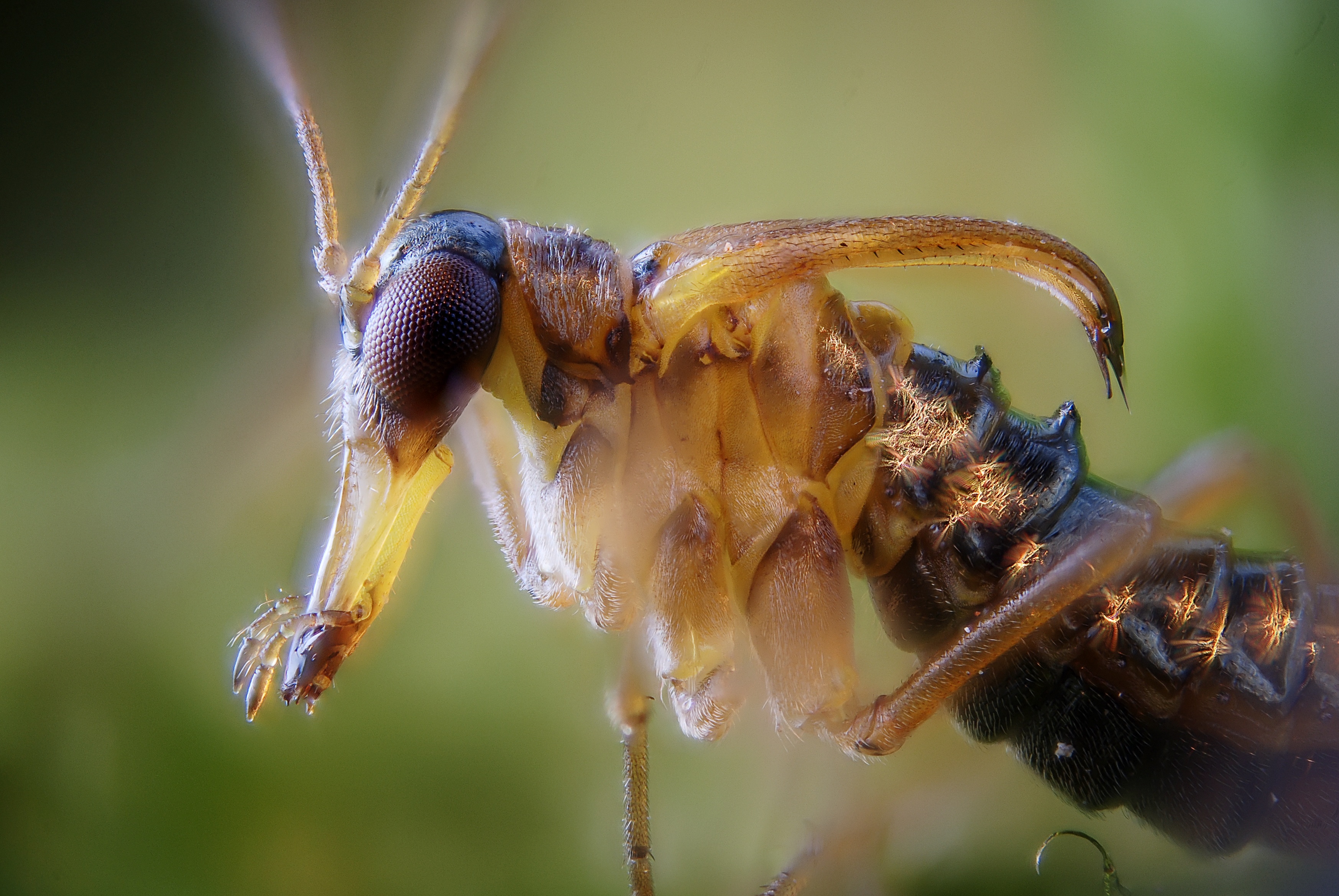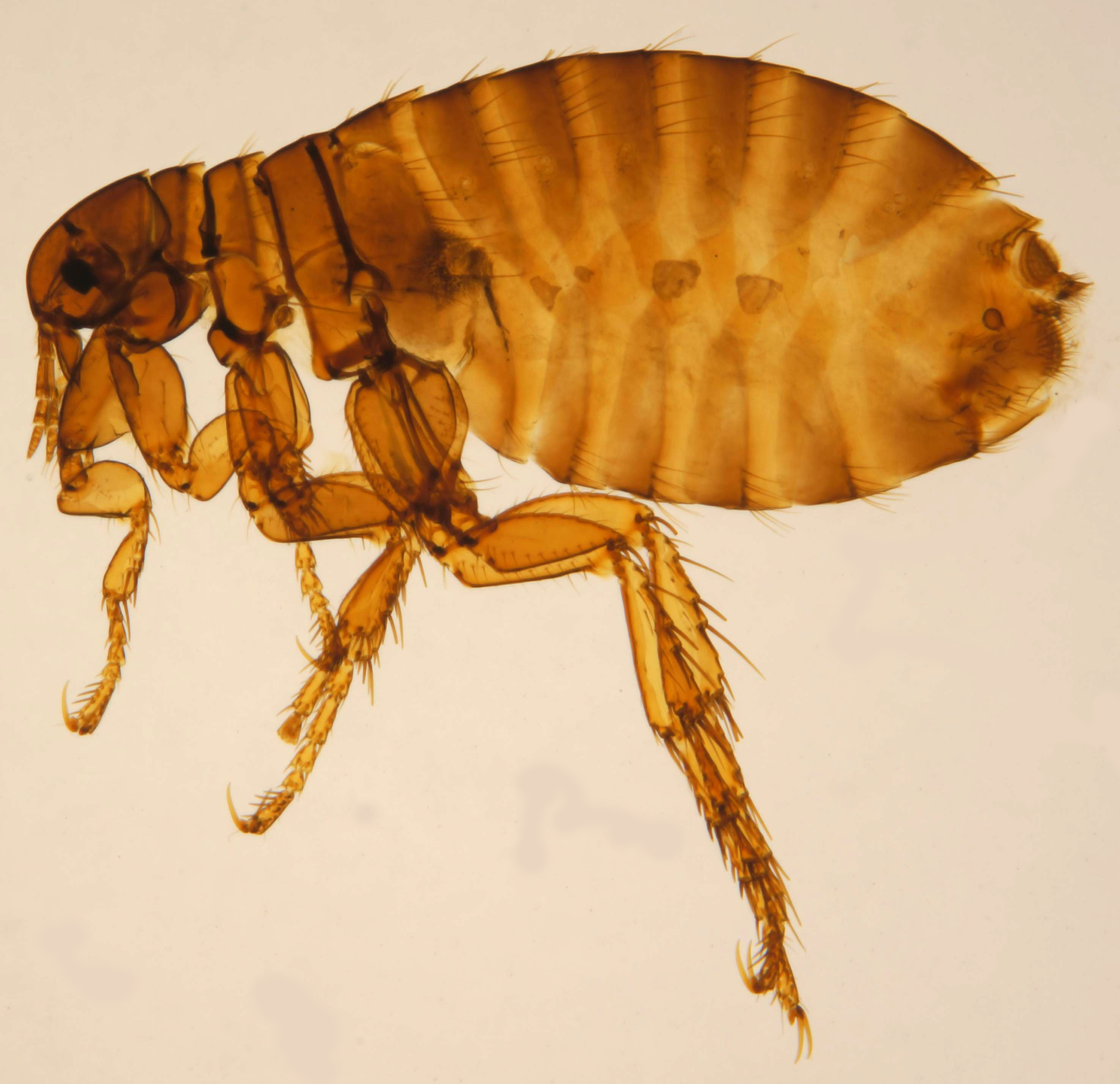|
Hymenopterida
Hymenopterida is a superorder of insects, comprising Hymenoptera and the orders of Panorpida (Mecoptera, Siphonaptera, Diptera, Trichoptera and Lepidoptera).Weaver J.S.IThe Evolution And Classification Of Trichoptera, With A Revision Of The Lepidostomatidae And A North American Synopsis Of This Family.Degree: Ph.D. Degree Year: 1983 Institute: Clemson University The superorder is a member of Endopterygota and most closely related to the orders of Neuropterida and Coleopterida ( Coleoptera and Strepsiptera). Evolution The cladogram based on a 2008 DNA and protein analysis, shows the internal relationships of the superorder as a clade of Hymenoptera and the orders of Panorpida. See also * Hymenoptera Genome Database * Insects in literature (ant, bee, wasp) * Worker policing Worker policing is a behavior seen in colonies of social hymenopterans (ants, bees, and wasps) whereby worker females eat or remove eggs that have been laid by other workers rather than ... [...More Info...] [...Related Items...] OR: [Wikipedia] [Google] [Baidu] |
Hymenoptera
Hymenoptera is a large order (biology), order of insects, comprising the sawfly, sawflies, wasps, bees, and ants. Over 150,000 living species of Hymenoptera have been described, in addition to over 2,000 extinct ones. Many of the species are Parasitoid wasp, parasitic. Females typically have a special ovipositor for inserting eggs into hosts or places that are otherwise inaccessible. This ovipositor is often modified into a stinger. The young develop through holometabolism (complete metamorphosis (biology), metamorphosis)—that is, they have a wormlike larval stage and an inactive pupal stage before they mature. Etymology The name Hymenoptera refers to the wings of the insects, but the original derivation is ambiguous. All references agree that the derivation involves the Ancient Greek language, Ancient Greek wikt:πτερόν, πτερόν (''pteron'') for wing. The Ancient Greek wikt:ὑμήν, ὑμήν (''hymen'') for membrane provides a plausible etymology for the term bec ... [...More Info...] [...Related Items...] OR: [Wikipedia] [Google] [Baidu] |
Insect
Insects (from Latin ') are pancrustacean hexapod invertebrates of the class Insecta. They are the largest group within the arthropod phylum. Insects have a chitinous exoskeleton, a three-part body ( head, thorax and abdomen), three pairs of jointed legs, compound eyes and one pair of antennae. Their blood is not totally contained in vessels; some circulates in an open cavity known as the haemocoel. Insects are the most diverse group of animals; they include more than a million described species and represent more than half of all known living organisms. The total number of extant species is estimated at between six and ten million; In: potentially over 90% of the animal life forms on Earth are insects. Insects may be found in nearly all environments, although only a small number of species reside in the oceans, which are dominated by another arthropod group, crustaceans, which recent research has indicated insects are nested within. Nearly all insects hatch from eggs. ... [...More Info...] [...Related Items...] OR: [Wikipedia] [Google] [Baidu] |
Triassic
The Triassic ( ) is a geologic period and system which spans 50.6 million years from the end of the Permian Period 251.902 million years ago ( Mya), to the beginning of the Jurassic Period 201.36 Mya. The Triassic is the first and shortest period of the Mesozoic Era. Both the start and end of the period are marked by major extinction events. The Triassic Period is subdivided into three epochs: Early Triassic, Middle Triassic and Late Triassic. The Triassic began in the wake of the Permian–Triassic extinction event, which left the Earth's biosphere impoverished; it was well into the middle of the Triassic before life recovered its former diversity. Three categories of organisms can be distinguished in the Triassic record: survivors from the extinction event, new groups that flourished briefly, and other new groups that went on to dominate the Mesozoic Era. Reptiles, especially archosaurs, were the chief terrestrial vertebrates during this time. A specialized subgroup of archo ... [...More Info...] [...Related Items...] OR: [Wikipedia] [Google] [Baidu] |
Antliophora
Panorpida or Mecopterida is a proposed superorder of Endopterygota. The conjectured monophyly of the Panorpida is historically based on morphological evidence, namely the reduction or loss of the ovipositor and several internal characteristics, including a muscle connecting a pleuron and the first axillary sclerite at the base of the wing, various features of the larval maxilla and labium, and basal fusion of CuP and A1 veins in the hind wings. The monophyly of the Panorpida is supported by recent molecular data. Antliophora The Panorpid clade Antliophora contains one of the major phylogenetic puzzles among the Insecta. It is unclear as of 2020 whether the Mecoptera (scorpionflies and allies) form a single clade, or whether the Siphonaptera (fleas) are inside that clade, so that the traditional "Mecoptera" is paraphyletic. However the earlier suggestion that the Siphonaptera are sister to the Boreidae (snow scorpionflies) is not supported; instead, there is the possibility th ... [...More Info...] [...Related Items...] OR: [Wikipedia] [Google] [Baidu] |
Xyeloidea
The Xyelidae are a comparatively species-poor family of sawflies comprising about 80 extant species in five genera worldwide and is the only family in the superfamily Xyeloidea. The fossil record of the family is extensive, comprising more than 120 species and including the oldest fossil Hymenoptera species dating back to the Triassic, between 245 and 208 million years ago. Xyelidae are to be regarded as living fossils since they represent one of the oldest lineages of insects and include still extant forms. The extant species occur in the Northern Hemisphere, especially in boreal regions of the Holarctic, though there are a few Oriental species. Two genera and about 15 species occur in Europe.Taeger, A., Blank, S.M. & Liston, A. D. 2006: European Sawflies (Hymenoptera: Symphyta) – A Species Checklist for the Countries. Pp. 399-504. In: Blank, S.M., Schmidt, S. & Taeger, A. (eds): Recent Sawfly Research: Synthesis and Prospects. Goecke & Evers, Keltern.Blank, S.M. 2002: Biosyste ... [...More Info...] [...Related Items...] OR: [Wikipedia] [Google] [Baidu] |
Symphyta
Sawflies are the insects of the suborder Symphyta within the order Hymenoptera, alongside ants, bees, and wasps. The common name comes from the saw-like appearance of the ovipositor, which the females use to cut into the plants where they lay their eggs. The name is associated especially with the Tenthredinoidea, by far the largest superfamily in the suborder, with about 7,000 known species; in the entire suborder, there are 8,000 described species in more than 800 genera. Symphyta is paraphyletic, consisting of several basal groups within the order Hymenoptera, each one rooted inside the previous group, ending with the Apocrita which are not sawflies. The primary distinction between sawflies and the Apocrita – the ants, bees, and wasps – is that the adults lack a "wasp waist", and instead have a broad connection between the abdomen and the thorax. Some sawflies are Batesian mimics of wasps and bees, and the ovipositor can be mistaken for a stinger. Sawflies vary in leng ... [...More Info...] [...Related Items...] OR: [Wikipedia] [Google] [Baidu] |
Tyria Jacobaeae-lo
Tyria may refer to: * ''Tyria'' (moth), a genus of moths in the family Erebidae *Tyria (river), a river in northwestern Greece * Tyria, Greece, a village in the municipal unit Selloi, Ioannina regional unit, Greece * Tyria (planet), fantasy world on which ''Guild Wars'' and ''Guild Wars 2 ''Guild Wars 2'' is a free-to-play, massively multiplayer online role-playing game developed by ArenaNet and published by NCSoft. Set in the fantasy world of Tyria, the core game follows the re-emergence of Destiny's Edge, a disbanded guild ded ...'' video games are set * ''Tyria'' (plant), a synonym of the Euphorbiaceae '' Bernardia'' {{dab ... [...More Info...] [...Related Items...] OR: [Wikipedia] [Google] [Baidu] |
Sericostoma
''Sericostoma'' is a genus of bushtailed caddisflies in the family Sericostomatidae Sericostomatidae is a family of bushtailed caddisflies in the order Trichoptera. There are about 19 genera and at least 90 described species in Sericostomatidae. The type genus In biological taxonomy, the type genus is the genus which .... There are at least 20 described species in ''Sericostoma''. Species References Further reading * * * * Trichoptera genera Integripalpia {{trichoptera-stub ... [...More Info...] [...Related Items...] OR: [Wikipedia] [Google] [Baidu] |
Amphiesmenoptera
Amphiesmenoptera is an insect superorder, established by S. G. Kiriakoff, but often credited to Willi Hennig in his revision of insect taxonomy for two sister orders: Lepidoptera (butterflies and moths) and Trichoptera (caddisflies). In 2017, a third fossil order was added to the group, the Tarachoptera. Trichoptera and Lepidoptera share a number of derived characters (synapomorphies) which demonstrate their common descent: * Females, rather than males, are heterogametic (i.e. their sex chromosomes differ). * Dense setae are present in the wings (modified into scales in Lepidoptera). * There is a particular venation pattern on the forewings (the double-looped anal veins). * Larvae have mouth structures and glands to make and manipulate silk. Thus these two extant orders are sisters, with Tarachoptera basal to both groups. Amphiesmenoptera probably evolved in the Jurassic. Lepidoptera differ from the Trichoptera in several features, including wing venation, form of the scales on ... [...More Info...] [...Related Items...] OR: [Wikipedia] [Google] [Baidu] |
Pulex Irritans Female ZSM
''Pulex'' is a genus of fleas. It comprises seven species. One is the human flea (''P. irritans''), and five of the others are confined to the Nearctic and Neotropical realms. Species ''Encyclopedia of Life'' lists seven species: *''Pulex alvarezi'' Barrera, 1955 *''Pulex echidnophagoides'' (Wagner, 1933) *''Pulex irritans'' Linnaeus, 1758 *''Pulex larimerius'' Lewis et Grimaldi, 1997 *''Pulex porcinus'' Jordan et Rothschild, 1923 *''Pulex simulans'' Baker, 1895 *''Pulex sinoculus ''Pulex'' is a genus of fleas. It comprises seven species. One is the human flea (''P. irritans''), and five of the others are confined to the Nearctic and Neotropical realms. Species ''Encyclopedia of Life'' lists seven species: *''Pulex alvar ...'' Traub, 1950 References Siphonaptera genera Pulicidae Taxa named by Carl Linnaeus {{Flea-stub ... [...More Info...] [...Related Items...] OR: [Wikipedia] [Google] [Baidu] |
Boreus Hiemalis2 Detail
''Boreus'' is the most diverse of three genera of insects in the family Boreidae. They are commonly known as winter scorpionflies due to their close relation to the true scorpionflies and preference for cold habitats. Description and distribution Species of ''Boreus'' are dark in color, 3 to 5 mm long, and have reduced, non-functional wings. In males, the wings resemble straps, while in females they are short stubs. Females also have a pointed ovipositor. Both sexes have an elongated head, or rostrum. Larvae are grublike, mostly hairless and lacking prolegs. They have a holarctic distribution and are found in boreal and high altitude habitats. Biology ''Boreus'' species are highly adapted to cold environments and often found on the surface of snow. Although they cannot fly, they have the ability to hop or jump. All species are known to feed on mosses, both as adults and larvae. Males use their hardened wing straps to grasp the female and lift her above their back dur ... [...More Info...] [...Related Items...] OR: [Wikipedia] [Google] [Baidu] |
Boreidae
Boreidae, commonly called snow scorpionflies, or in the British Isles, snow fleas (no relation to the snow flea ''Hypogastrura nivicola'') are a very small family of scorpionflies, containing only around 30 species, all of which are boreal or high-altitude species in the Northern Hemisphere. These insects are small (typically 6 mm or less), with the wings reduced to bristles or absent, and they are somewhat compressed, so in fact some resemblance to fleas is noted. They are most commonly active during the winter months, towards the transition into spring, and the larvae and adults typically feed on mosses. The adults will often disperse between breeding areas by walking across the open snow, thus the common name. The males use their bristle-like wings to help grasp the female over their back while mating, while the wings of females are vestigial small oval pads with no ability to allow them to fly. The adults have a long rostrum formed from the clypeus and labrum, genae, ... [...More Info...] [...Related Items...] OR: [Wikipedia] [Google] [Baidu] |






_larvae.jpg)

